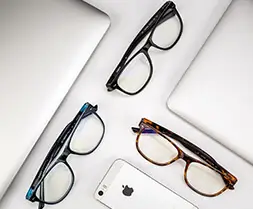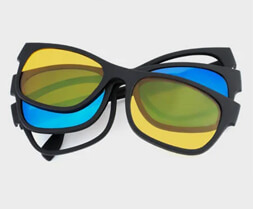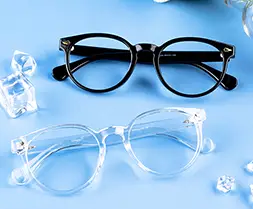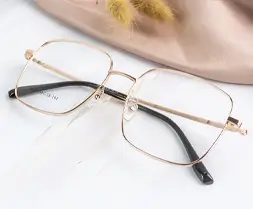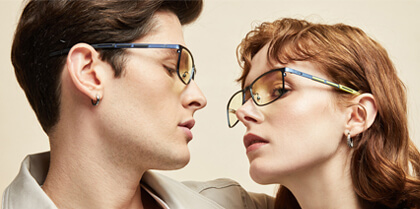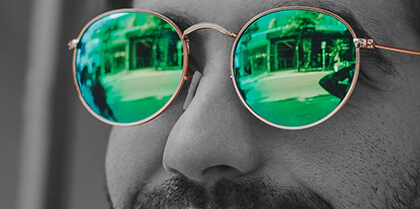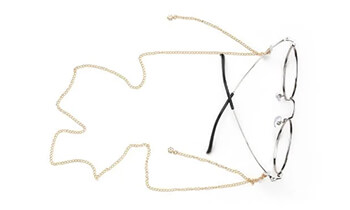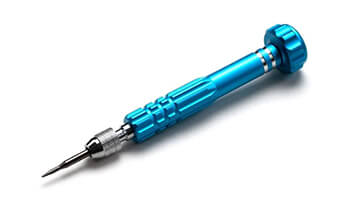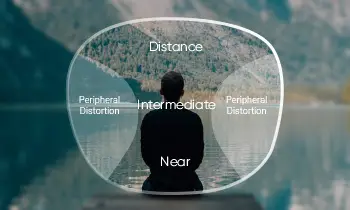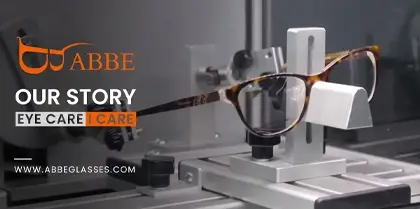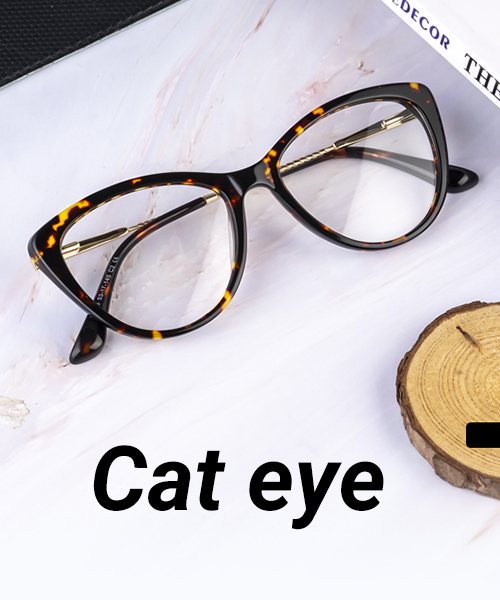Suppose you have been wearing eyeglasses for some time and have consulted some information for choosing frames and lenses. In that case, you must not be unfamiliar with the term progressive glasses or even have people around you who are wearing them. So, what are progressive glasses? Why do people wear progressive prescription eyeglasses?
I don't know if you've ever considered that most people wear prescription lenses that are single-vision lenses because of myopia or presbyopia (you can take a look at your prescription list and see where the checkboxes are for the recommended lens options). So, have you ever wondered if there are double vision lenses? What about tri-optic or multi-optic lenses?
The answer is Yes. In addition to the single-vision lenses, people, especially the middle-aged and elderly, wear double-vision lenses, the most common of which are flat-top bifocal lenses, which are generally prescription eyeglass lenses with a line visible in the middle of the lens.
And there are also domed bifocals, curved bifocals, invisible bifocals, and so on. In addition, there are also triple vision lenses. The main reason for the invention and production of these multi-optical lenses is that as people get older, those who had myopia when they were younger start to get presbyopia (not being able to see up close). So, to avoid the embarrassment and tedium of frequently replacing nearsighted and farsighted glasses, there are eyeglass lenses that can correct both near and distance problems on the same lens.

On this basis, progressive lenses were invented and popularized in production. The most significant difference between progressive and bifocal lenses is that you cannot see two or more areas on the lens, increasing the aesthetics. In addition, and most importantly, the eye does not have a huge jump when switching between distant and near use as it does on bifocal lenses.
Progressive lenses are also known as progressive multifocal lenses, progressive luminous lenses, or progressive focal prescription lenses; they are known as lenses with prescription change. Progressive lenses are lenses that correct refractive problems such as presbyopia, have a gradual change in prescription, and it has a higher prescription at the bottom than at the top.
Advantages of progressive lenses
Compared to single vision lenses, progressive lenses provide presbyopes with clear vision at all viewing distances and can usually be adjusted by tilting the head slightly.
Progressive refractive lenses avoid the discontinuity that sometimes occurs with bifocal and trifocal lenses.
Some people find them more attractive for cosmetic purposes. Because bifocal and related designs are associated with old age, proponents suggest that the lack of visible lines makes progressive lenses similar in appearance to single vision lenses worn before the onset of presbyopia.
Disadvantages of progressive lenses
Peripheral aberrations: progressive lenses can have aberration and geometric distortion at the periphery, resulting in poor vision when the eye is tilted down and to the side. All progressive lenses have this distortion to a greater or lesser extent.
Difficulty in Wearing: Progressive lenses must be carefully placed relative to the center of the wearer's pupil to allow for distant viewing of the reference position. Incorrect specification of the wearing position can cause problems for the wearer, including (depending on the design of the lens) narrow vision, clear vision in only one eye, blurring, and the need to change the natural head position in the sequence to see clearly.
High price: Progressive lenses are more expensive than bifocal and single-vision lenses due to higher manufacturing and assembly costs. Some research has been done to reduce manufacturing costs through precision injection molding.
Shop
progressive glasses



